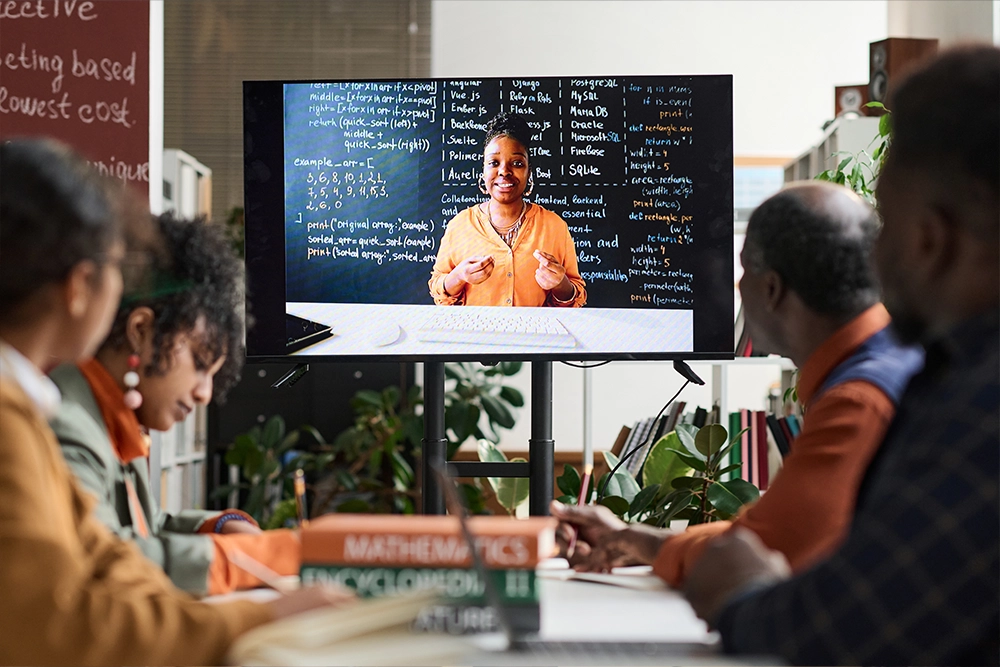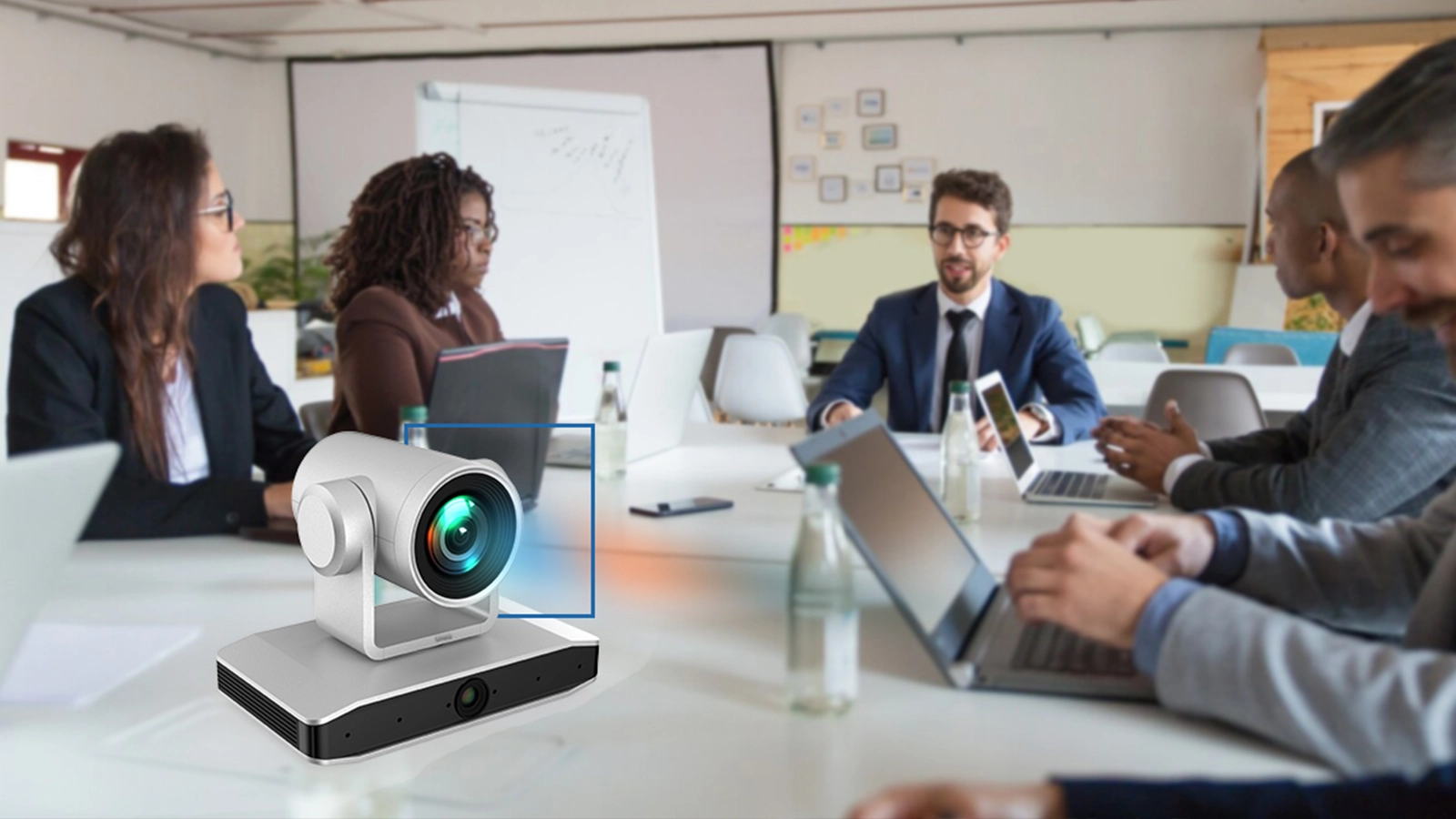Solutions for

Education
Digital Classrooms


Digital Classrooms
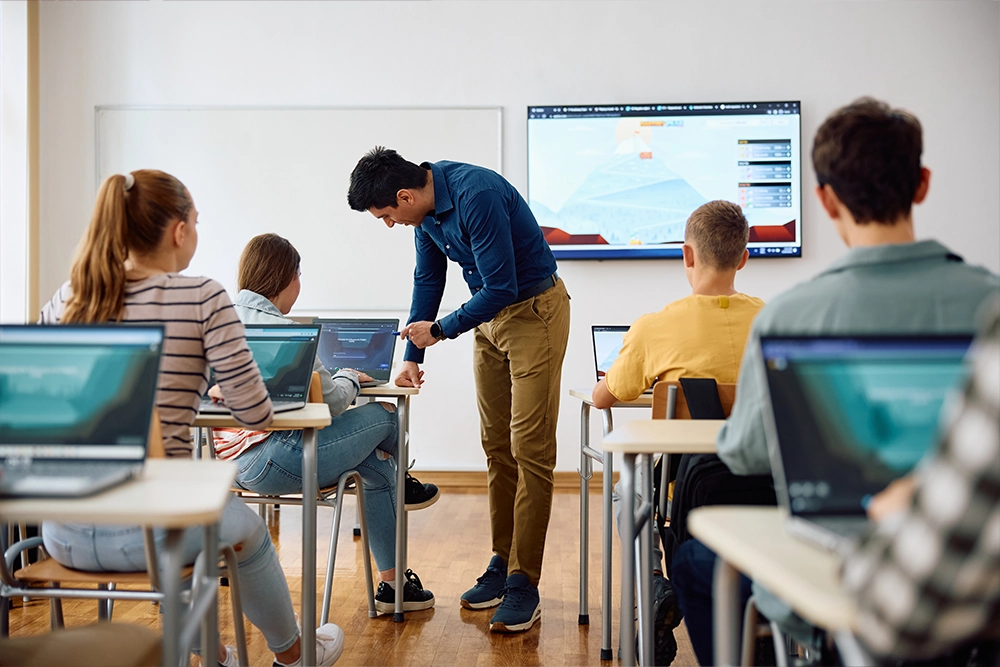
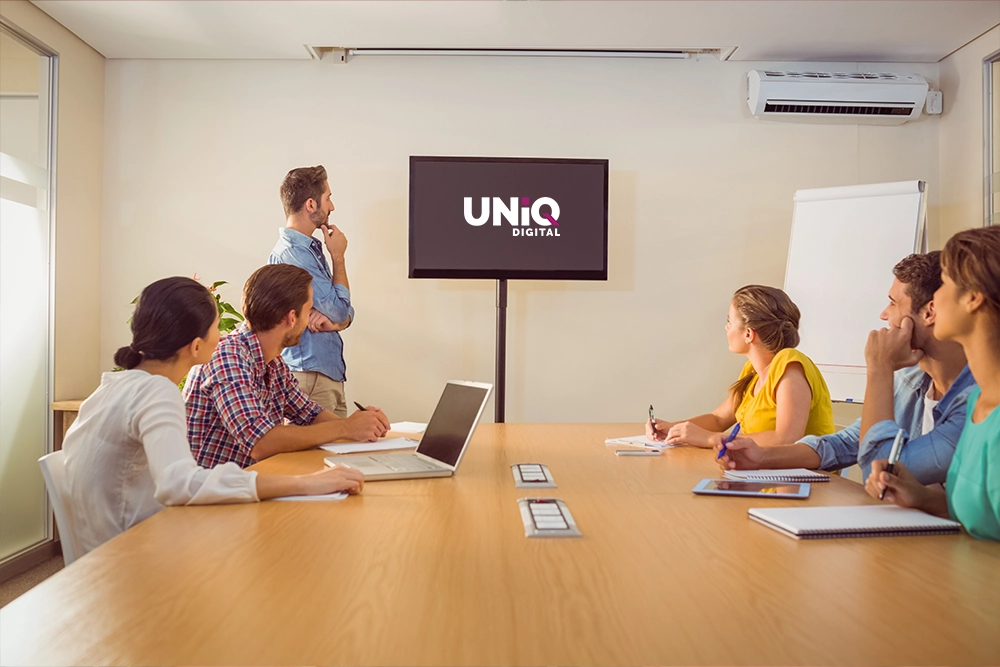
- Interactive Digital Displays:
These modern tools allow for a more hands-on, engaging teaching experience. Teachers can manipulate content in real-time, annotate on digital boards, and encourage students to participate actively by solving problems or contributing ideas. These tools help illustrate complex topics visually and can support multimedia presentations like videos, animations, and simulations. - Video Conferencing:
With video conferencing solutions, remote students can join live sessions, participate in discussions, and ask questions in real-time, just as if they were physically present in the classroom. This ensures that learning is inclusive, offering equal opportunities for both on-site and virtual students. The interactive nature of the class is preserved, enabling seamless communication and collaboration. - Digital Learning Tools:
Educational apps, online resources, and multimedia content—such as e-books, virtual labs, simulations, and games—are integrated into lesson plans to enhance learning. These tools offer personalized learning experiences, helping students learn at their own pace and in the way that suits them best. Teachers can also track student progress using digital dashboards, which provide data-driven insights to improve teaching strategies.
Digital Classrooms
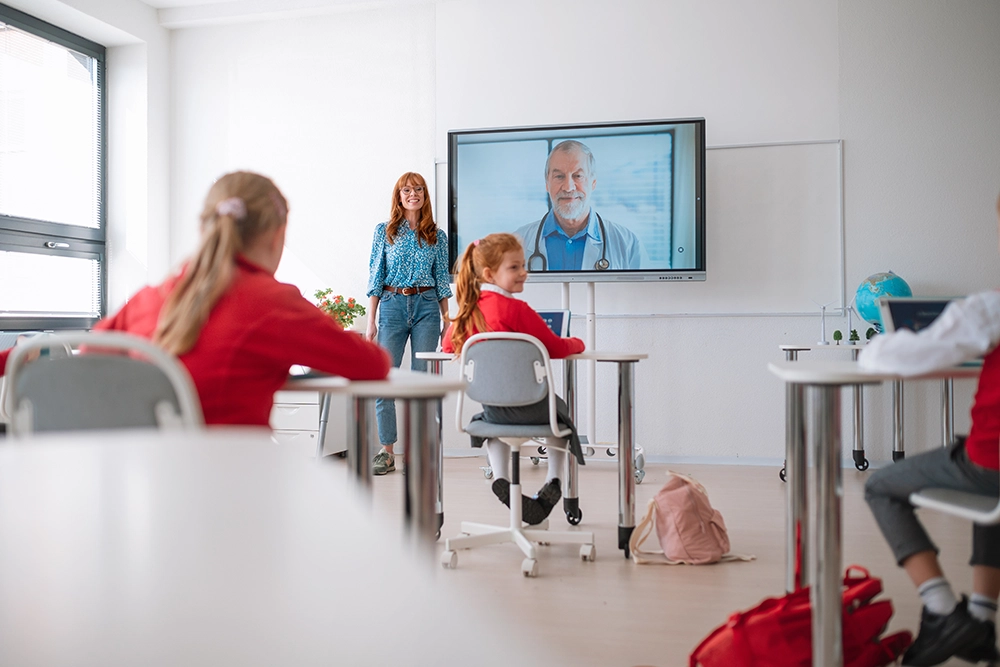

Hybrid Classroom

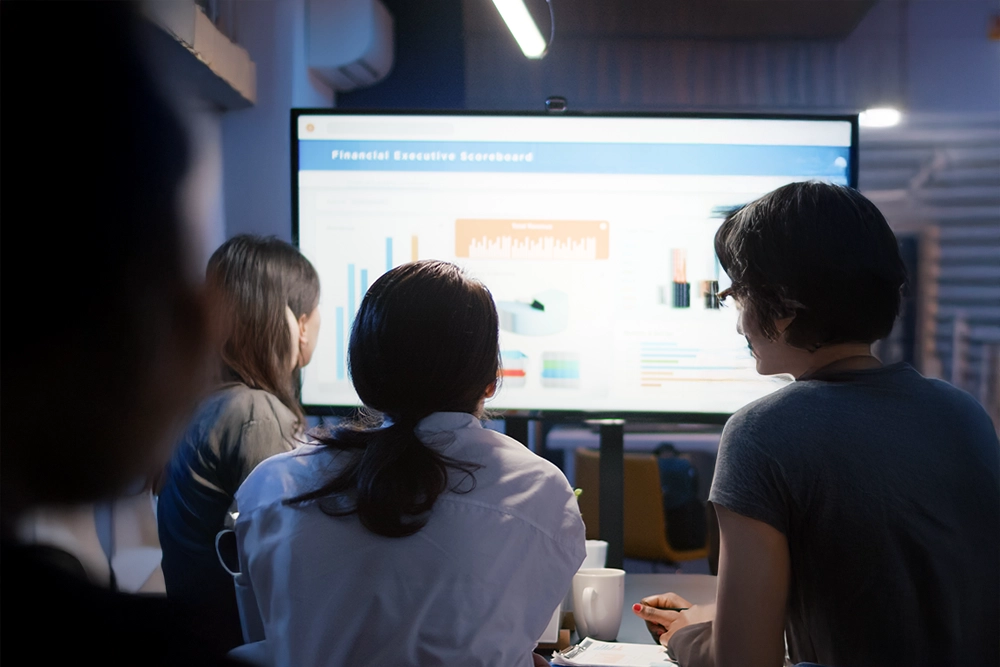
Hybrid Classroom
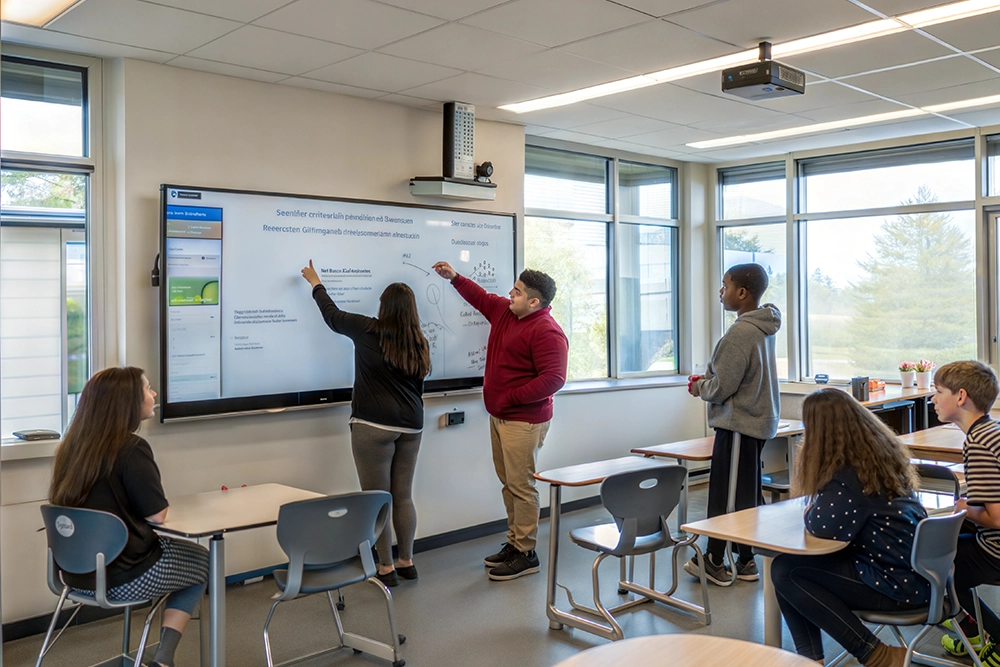

- Interactive Displays & Video Conferencing:
Hybrid classrooms use interactive displays or projectors for in-person students while integrating video conferencing tools to connect with remote learners. This technology ensures that all students can view the same materials, ask questions, and engage in discussions, making the class experience cohesive. Teachers can see and interact with students from both sides and keep them actively involved in the learning process. - Collaborative Tools:
Hybrid classrooms facilitate collaboration among both on-site and remote students through tools such as shared virtual whiteboards, document annotation, and group chats. These tools enable students to work together in real-time, sharing ideas, solutions, and feedback on projects, regardless of their location. Teachers can oversee collaboration, provide guidance, and encourage peer-to-peer interaction in the learning process. - Cloud-Based Learning Platforms:
Hybrid learning environments rely on cloud-based platforms for managing learning materials, assignments, and communication. These platforms ensure that all students—remote or in-class—have access to the same resources and materials, making the learning process seamless.
Hybrid Classroom
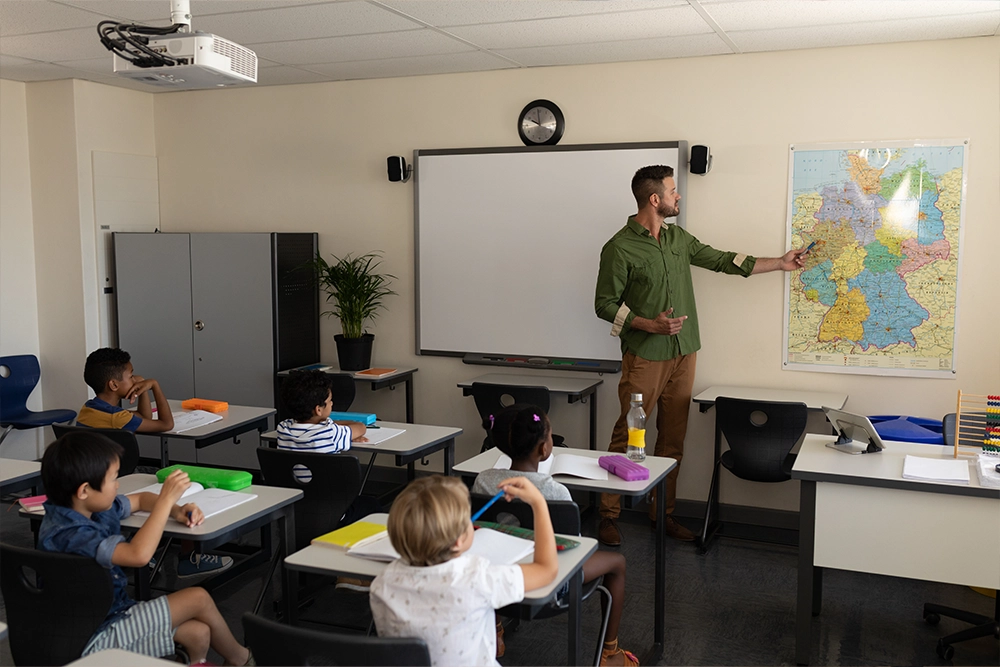

Classroom Studio


Classroom Studio


- High-Quality Video and Audio Equipment:
Classroom studios are equipped with professional cameras, lighting systems, and microphones to capture video lectures with superior clarity and sound quality. This ensures that both live and recorded sessions are of high production value, helping to maintain student engagement and making content more impactful. - Live Streaming and Broadcasting:
The integration of streaming platforms allows institutions to broadcast lessons, seminars, and workshops to remote students or global audiences. Live streaming ensures that content reaches a wider audience, enabling educational institutions to connect with students anywhere in the world. - Interactive Recording Tools:
Instructors can use interactive digital tools within classroom studios to engage with students during live sessions or recorded lessons. These tools include real-time Q&A, polls, and live chat features that encourage student participation and create a more dynamic learning experience.
Classroom Studio
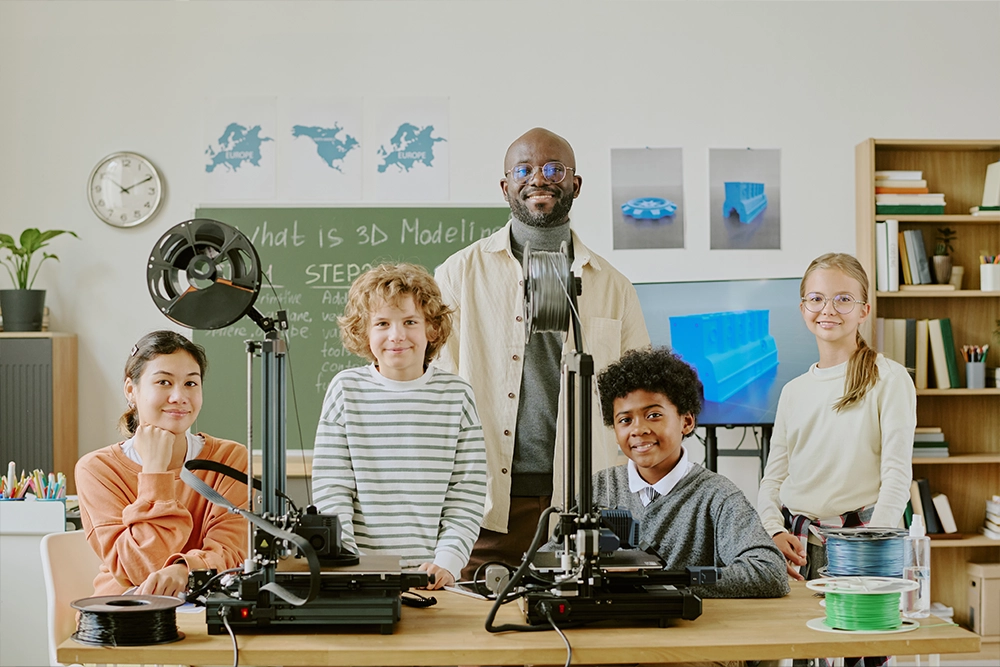

Distance Education
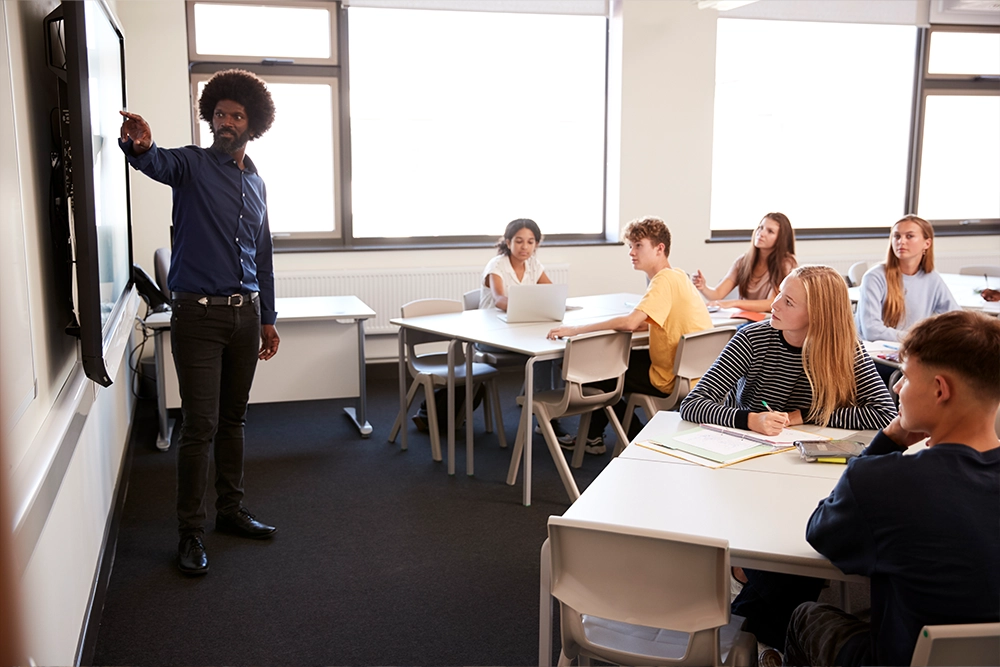
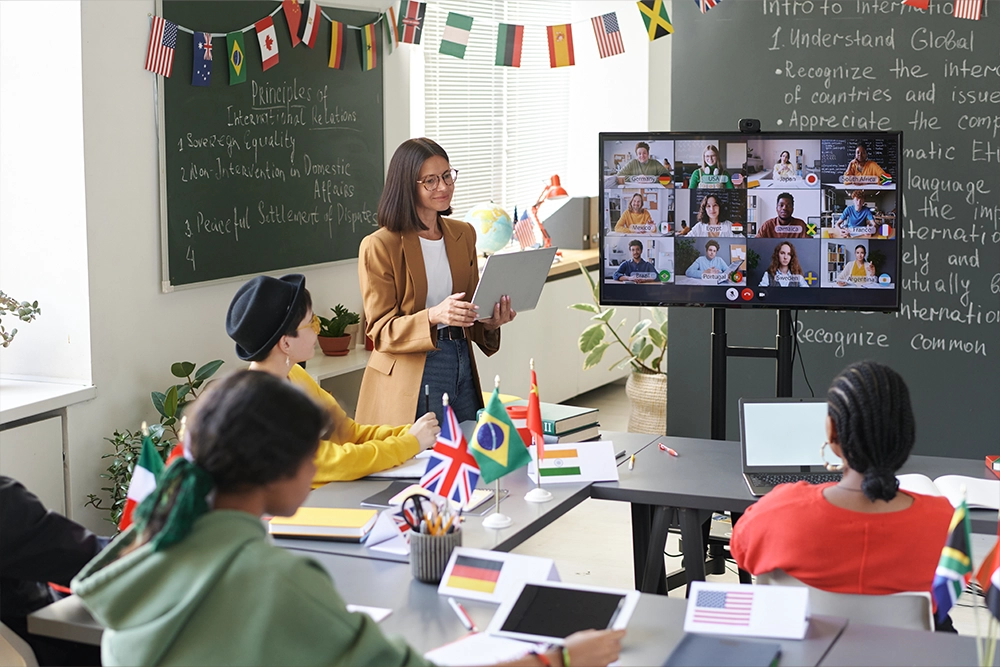
Distance Education
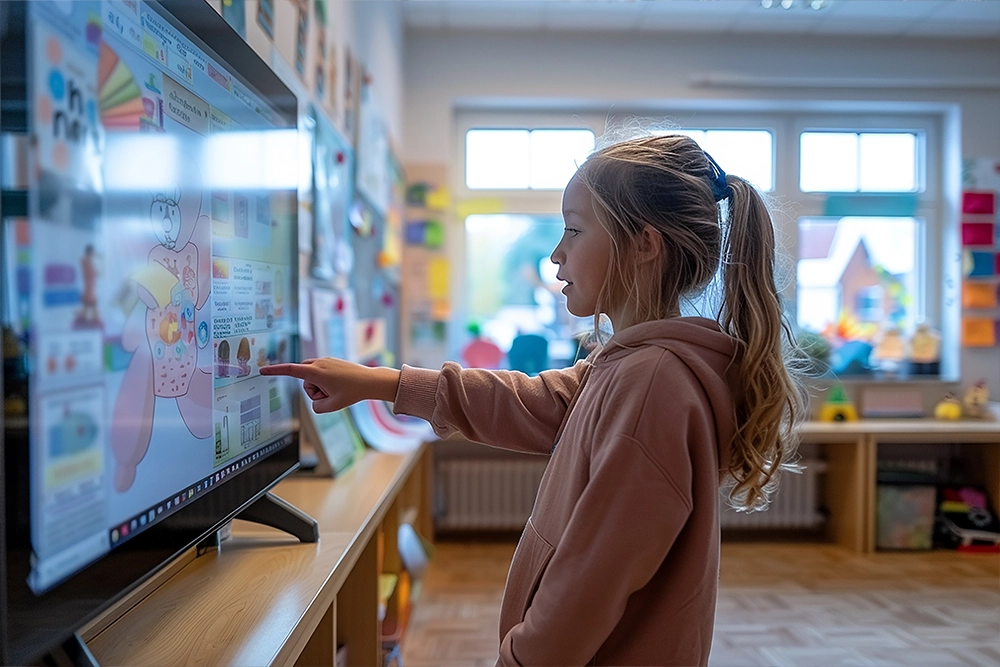

- Interactive Displays & Digital Whiteboards:
These modern tools allow for a more hands-on, engaging teaching experience. Teachers can manipulate content in real-time, annotate on digital boards, and encourage students to participate actively by solving problems or contributing ideas. These tools help illustrate complex topics visually and can support multimedia presentations like videos, animations, and simulations. - Video Conferencing:
With video conferencing solutions, remote students can join live sessions, participate in discussions, and ask questions in real-time, just as if they were physically present in the classroom. This ensures that learning is inclusive, offering equal opportunities for both on-site and virtual students. The interactive nature of the class is preserved, enabling seamless communication and collaboration. - Digital Learning Tools:
Educational apps, online resources, and multimedia content—such as e-books, virtual labs, simulations, and games—are integrated into lesson plans to enhance learning. These tools offer personalized learning experiences, helping students learn at their own pace and in the way that suits them best. Teachers can also track student progress using digital dashboards, which provide data-driven insights to improve teaching strategies.
Distance Education


Seminar Halls
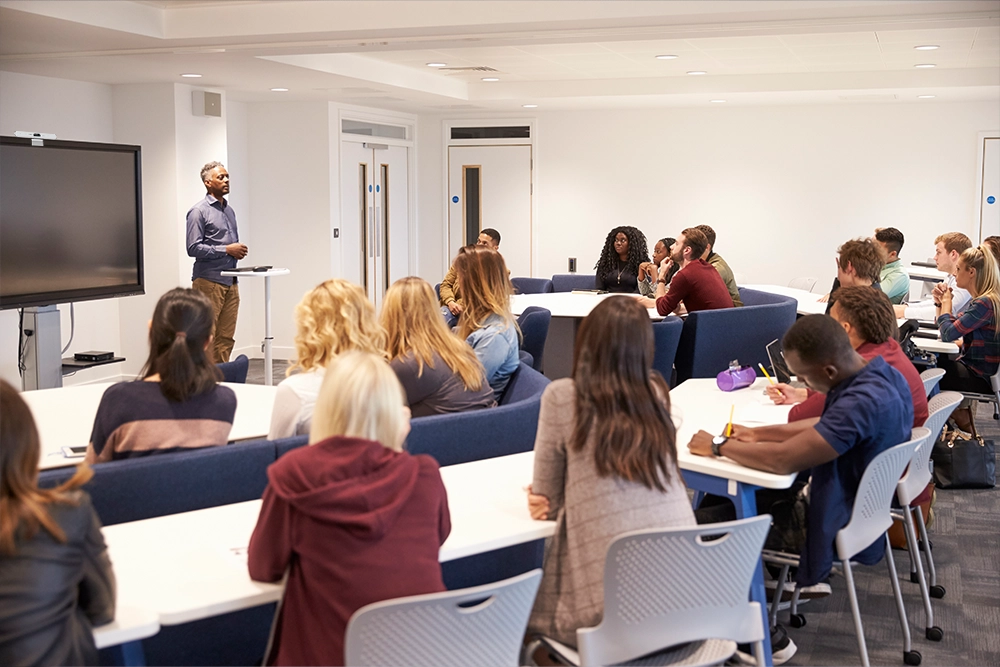

Seminar Halls
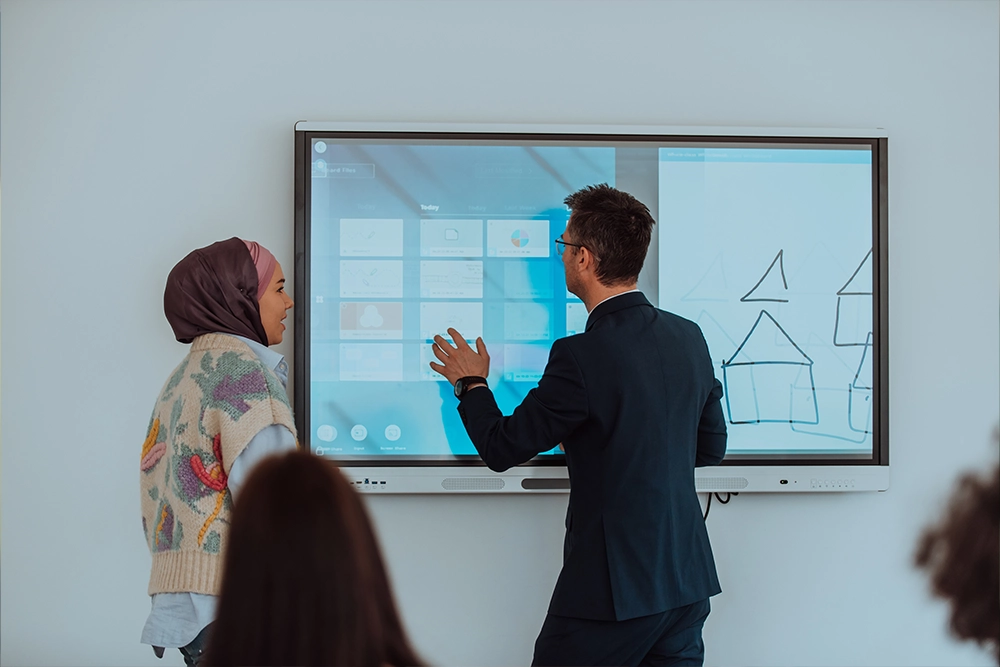

- Audio-Visual Systems:
Advanced projection systems, large-format LED displays, and powerful sound systems ensure that presentations, seminars, and discussions are clearly visible and audible to the entire audience, no matter the size of the space. - Recording and Streaming:
Events held in seminar halls can be recorded for future use or live-streamed to remote attendees, extending the reach of the event beyond the physical space. This allows students, faculty, and external participants to access the content in real-time or on-demand. - Interactive Features:
Instructors can use interactive digital tools within classroom studios to engage with students during live sessions or recorded lessons. These tools include real-time Q&A, polls, and live chat features that encourage student participation and create a more dynamic learning experience. Outcome: A professional-grade classroom studio setup offers high-quality,
Seminar Halls


Lecture Halls


Lecture Halls
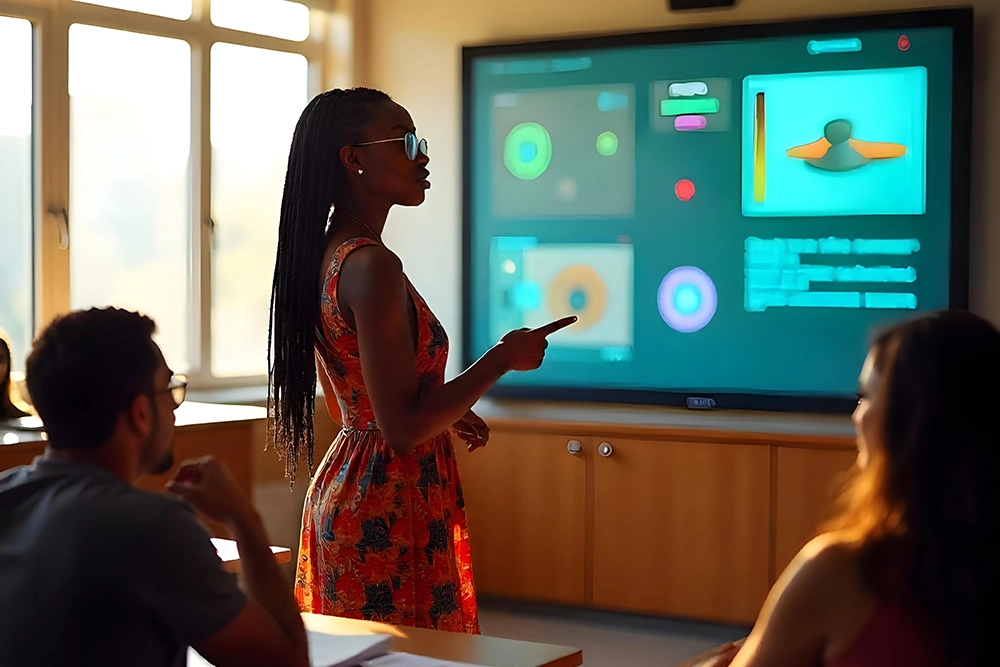

- Interactive Displays & Projectors:
Interactive displays and projection systems help deliver clear, engaging lectures to large groups. Whether it's through slides, videos, or animations, these tools ensure that all students can follow along, even those sitting in the back rows. - Audio Systems:
High-quality speakers, microphones, and amplification systems ensure that instructors’ voices are heard clearly, even in larger spaces, improving communication. - Hybrid Learning Setup:
Lecture halls can integrate video conferencing systems, enabling remote students to attend and interact with the lecture in real-time. This is crucial for institutions with a hybrid learning model.
Lecture Halls


Auditorium
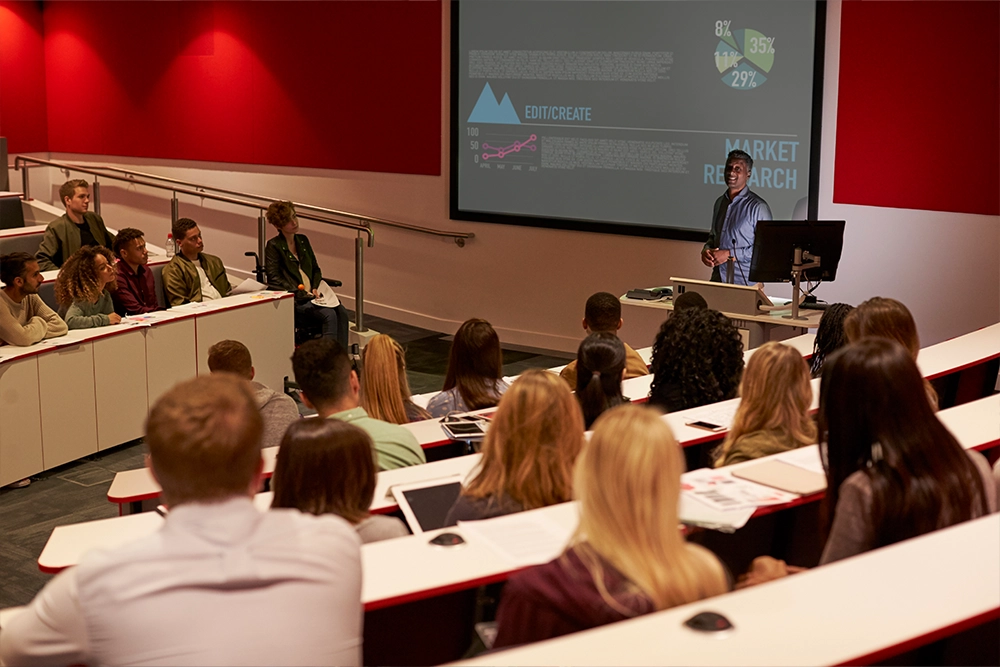
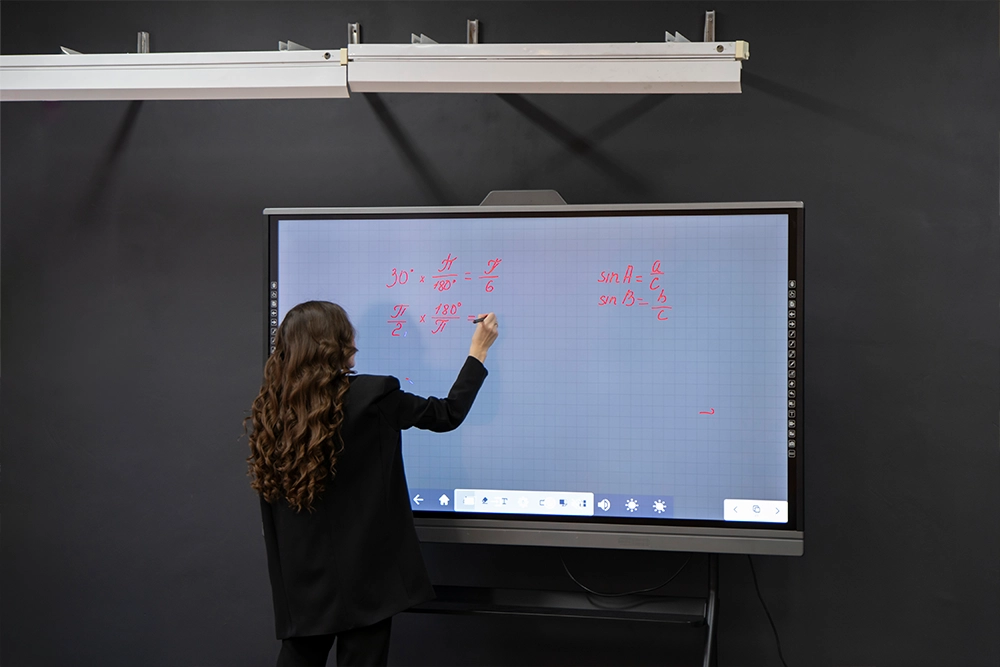
Auditorium


- High-Resolution Audio-Visual Systems:
Large screens and projectors ensure that every detail of presentations, performances, and lectures is visible to the audience. High-fidelity sound systems ensure that even the largest venues maintain clear, crisp audio. - Live Streaming and Recording:
Events in the auditorium can be streamed live to a global audience or recorded for later distribution. This extends the reach of the institution’s events to alumni, remote students, and even prospective students. - Interactive Audience Tools:
Audience response systems or interactive voting pads allow attendees to participate in Q&A sessions, surveys, or polls during the event, fostering greater engagement.
Auditorium

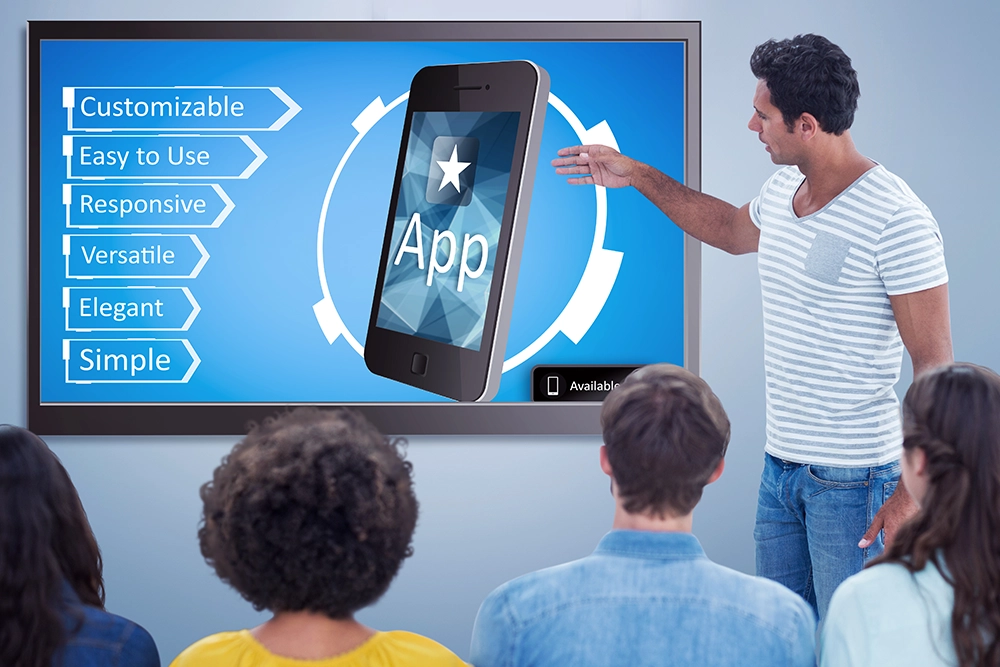
Applications and Software
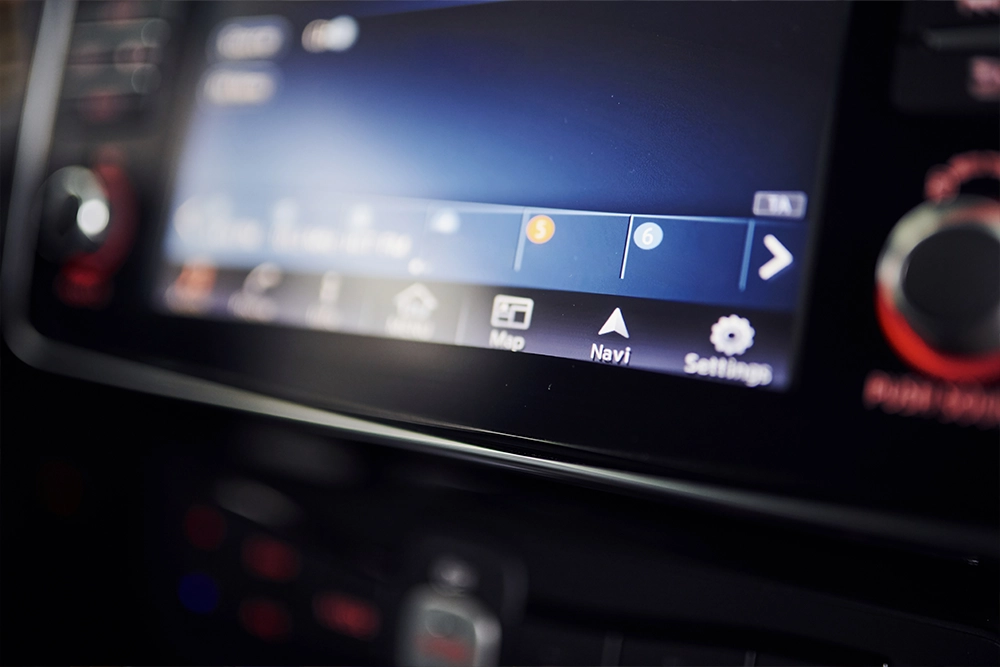

Auditorium


- Learning Management Systems (LMS):
Centralized platforms for managing coursework, grades, assignments, and communication. These systems offer a one-stop-shop for students and instructors to access materials, track progress, and engage in discussions. - Interactive Learning Software:
Tools such as interactive whiteboard applications and virtual labs allow students to engage with content more deeply, providing a hands-on learning experience. These tools can simulate real-world scenarios, making learning more experiential. - Collaboration Software:
Software solutions like cloud storage, shared document editing, and instant messaging allow students to collaborate seamlessly on group projects, regardless of location. These tools support real-time collaboration and improve communication between instructors and students.
Auditorium
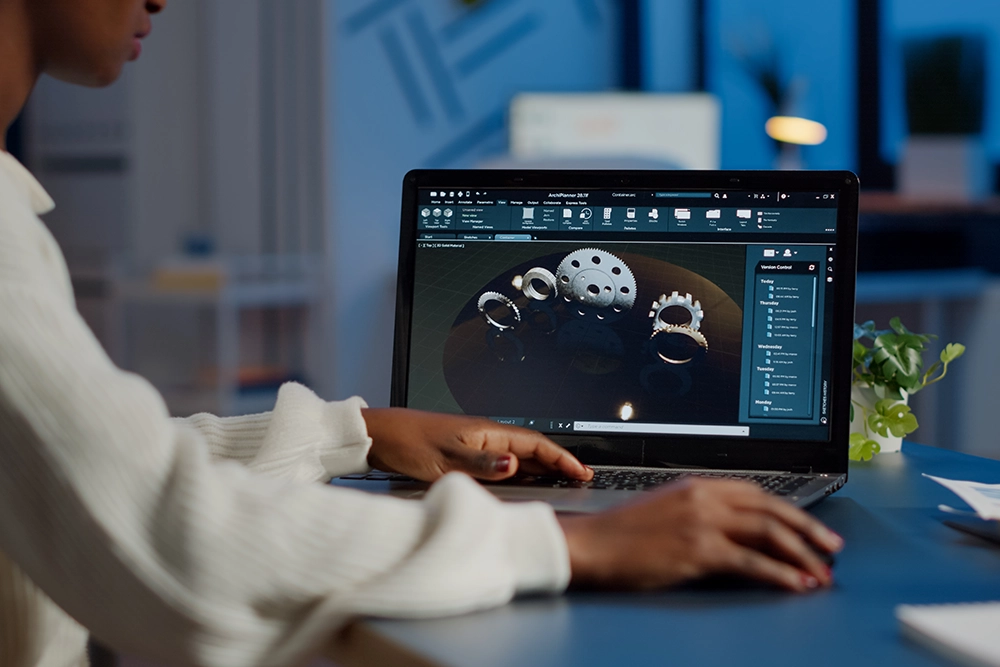

Key features
Enhance
Engagement
Interactive displays and digital tools improve visibility, clarity, and interaction, making lessons more engaging and helping students retain information better.
Bridge the Gap Between
Physical and Virtual
Bring the classroom experience to life online with advanced video conferencing and collaborative tools, ensuring seamless learning for both in-person and remote students.
Enrich Learning with
Technology
Interactive whiteboards, immersive video walls, and multimedia solutions transform lessons into experiential learning opportunities, making education more dynamic and impactful.
Related products
Explore our range of innovative educational solutions designed to transform learning environments. From interactive displays and digital signage to video conferencing tools and immersive learning systems, our products foster collaboration, enhance engagement, and optimize productivity. Discover seamless integration and advanced technology that empowers both educators and students to create a more dynamic, flexible, and interactive educational experience.
